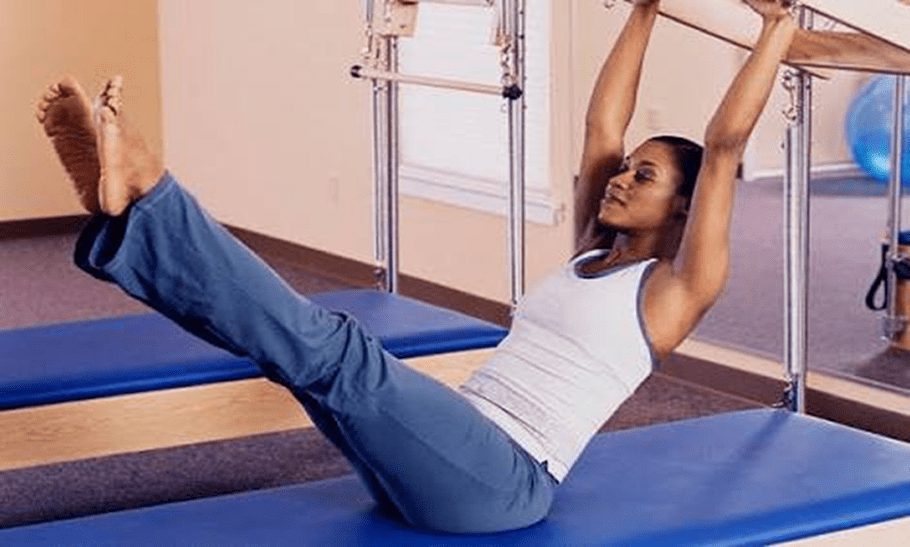The postpartum period is an emotional time in a woman’s life.
With the joy of a new baby and personal physical and hormonal changes, it can be very challenging for mothers to have enough time during the day to take care of themselves while caring for their new baby.
However, new moms should know that it is important to devote some precious moments to their health and well-being and reconnect with their own mind and body.
Pilates offers a safe, effective and progressive means of reforming your body’s strength in just a matter of minutes.
Pilate’s help gain stability and flexibility. Core stabilization involves training the deepest muscles of the abdomen, spine and pelvis to support the trunk during movement and make your body more resilient to injury.
Pregnancy and delivery weakens each of these muscles and makes new mothers vulnerable to low back and pelvic pain and pathology.
Thus, reactivating these muscles and reconnecting the abdominal walls with the pelvic floor is important in the early stages of motherhood.
Pilates help promote flexibility by encouraging the spine to move in all planes of motion and all muscles to lengthen and stretch with proper biomechanics within safe and appropriate range of motion.
3 Core-Strengthening Pilates for Postpartum Mothers
Here are three core-strengthening postpartum Pilates exercises for new mothers.
Note that while they are safe and gentle, these exercises are intended for women who are at least six to eight weeks postpartum.
Make sure you check with your doctor or physical therapist if you are unsure whether these exercises are right for you.
Pelvic Floor
The pelvic floor is a multi-layered basket of muscles that holds your organs in your pelvic basin.
It is located in the area between your pubic bone, tailbone, and sitz bones. The pelvic floor is the foundation of your core and is too often neglected.
To begin the pelvic floor Pilate, draw your attention to your pelvic floor, lengthen your spine and keep it lengthened during the course of this exercise.
Engage your pelvic floor as if you were squeezing to stop the flow of urine mid-stream, then maintain the engagement while you lift your pelvic floor up vertically.
Transverse Abdominals
The transverse abs are the deepest layer of abdominal muscles.
Start by standing on all fours. Take one hand and place it on the center of your abdomen. Inhale, pushing your belly out like a balloon, then exhale, slowly pulling your belly in deeper and deeper, as if there were a string drawing your navel in toward your spine.
If you’re having difficulty connecting to your transverse abdominals while doing this exercise on your hands and knees then try it seated or supine.
Toe Taps
The toe tap is another great exercise that will strengthen your transverse abs and obliques.
Start by lying supine with your arms relaxed and knees bent at a 90-degree angle, lift one leg at a time into a chair position.
Now, you should look like you’re sitting in a chair, only with your back on the floor. Place your hands on your hips and engage your transverse abs.
Slowly lower your left leg, tap your foot lightly on the floor, and bring your leg back up to your starting chair pose. Repeat this with your right leg, and continue alternating legs for as many reps as possible.
Focus on isolating your pelvis as you articulate from the hip joint.
Keep your transverse abs engaged throughout to prevent your hips from rocking from side to side.
Also, do not arch your back as you do this exercise.
Here is hoping these help!


